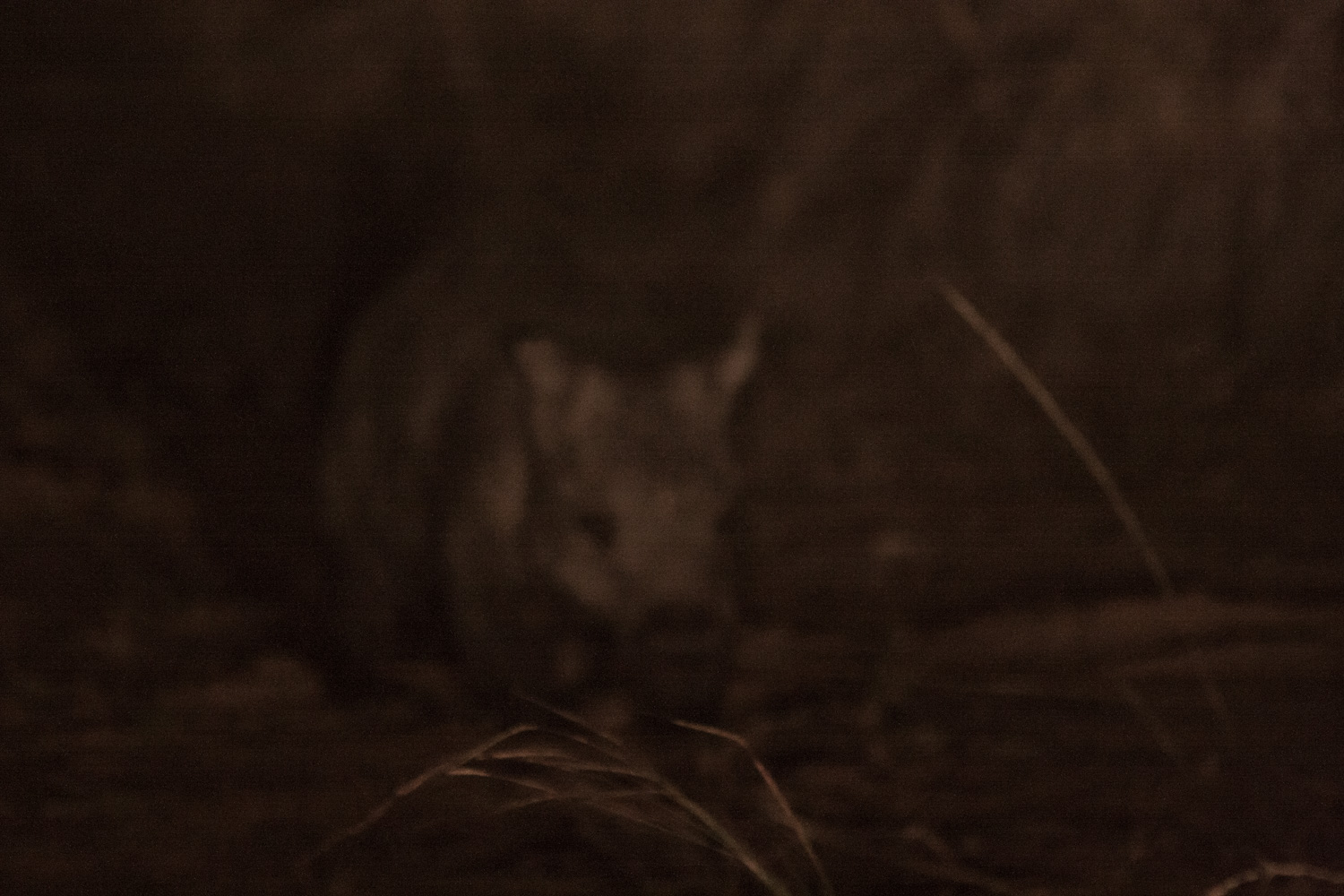Today is Australia Day, a day with many different meanings, depending on who you speak to. Scrolling through my Facebook newsfeed today, I was struck by the varied – and often passionate – opinions on the day. On the one hand, there are those that rejoice this nation we call home, grateful for our freedom and liberty. On the other hand, there are those that refuse to celebrate the day at all because of the cruel and unjust history against the land’s indigenous people. Others fall somewhere on the spectrum between. Others still see it as no more than a day off work, an excuse to drink beer and have a barbie while listening to Triple J’s Hottest 100 countdown (just check out #strayaday and you’ll see what I mean).
I’ve been thinking about where I stand on the day as a whole. Like many people, I hadn’t given it that much thought previously. To be honest, I wasn’t even certain what was special about this day, January 26, in particular. Google quickly informed me that it marks the 1788 arrival of the First Fleet in New South Wales – and the declaration of British sovereignty across the eastern seaboard.
Reading this, I can see why some are vocally against the celebration of January 26 (“Invasion Day”). But I also understand how some people see it as a day to celebrate the diversity and multiculturalism of Australia as we know it today. They argue that the day’s contemporary meaning is about coming together as one people.
Personally, I haven’t given the topic enough thought to have a clear position. But I know for sure that I am grateful to live here. As an immigrant myself – not even Australian by the books – I am thankful every day for a life less perturbed by crime and corruption. South Africa will always be my homeland, but Australia has become home.
When I think of celebrating Australia Day, I naturally think about the incredible animals and plants that share this land with us. It is as much their home as it is ours. We mustn’t forget that many non-human species too have suffered horrific histories at white man’s hand.
Now I could talk about an iconic Aussie animal – say, the koala, famous the world over but now fronting local extinctions – but I won’t. I thought it more appropriate to talk about a lesser known animal, something that is uniquely Australian but that most Australians aren’t even aware of. The first one that came to mind was the northern hairy-nosed wombat, so that’s what I ran with.
The northern hairy-nosed wombat (Lasiorhinus krefftii) (Image from the Department of Environment and Heritage Protection)
The northern hairy-nosed wombat has a sad history. At the time of British settlement, only two small populations were known. These disappeared due to habitat alteration, grazing and drought, at which time the species was thought to be extinct. But in the 1930’s the last remaining population was discovered in Central Queensland, possibly with as few as 30 individuals.
The Central Queensland population is now fully protected in Epping Forest National Park (closed to the public), and remains the species’ stronghold. In 2009-2010, a second population was established further south in the state by translocating 15 wombats from Epping. This second population is critical: when you’re toying with extinction, you don’t want all individuals in one location.
I was lucky enough to visit Epping during my master’s degree – an experience I will always hold dearly. We were there to study the effects of the invasive buffel grass on the wombats (which really means lots of time looking at grass and little time looking at wombats). Actually observing the wombats was no easy feat. Apart from being nocturnal, they are shy and skittish. You can often hear them bulldozing their way through the grass, but it’s much rarer to actually see one. Even with the guide of Dr Alan Horsup – the conservation scientist leading their recovery program – it took a couple of nights before I managed to see one (and snap a few poor quality images in very low light).
By all accounts, the northern hairy-nosed wombat remains critically endangered. There are probably fewer than 200 individuals remaining. Natural disasters and inbreeding are serious threats. Invasive grass is taking over much of their natural habitat, the consequences of which are not well understood. Predation was a major risk to the species, with wild dogs killing 10-20 individuals during 2000-2001.
But things aren’t all doom and gloom. Epping is now fully enclosed within a predator-proof fence – a drastic but necessary measure. The wombats continue to breed at both locations. Additional translocations are being considered. There are people fully dedicated to their conservation. Let’s hope that enough can be done.
On my first night at Epping, Alan joked that the northern hairy-nosed wombat was “more endangered than the panda”. While many animals are more endangered than the panda, I thought that was a neat way of putting it because, thanks to WWF, the panda has become a global symbol of threatened species conservation.
Perhaps the northern hairy-nosed wombat should become one of our uniquely Australian symbols of conservation. Perhaps we as Australians should get to know the many species that call this wonderful land home, some of which are found nowhere else on earth.
Perhaps that would be something to celebrate on Australia Day. I know I will.
Predator-proof fence surrounding Epping Forest National Park
Water and feed stations are set up for the wombats. Clearly other animals enjoy them too.
Using the water and feed station (Image from the Department of Environment and Heritage Protection)
A wombat burrow
Mother and joey (Image from the Department of Environment and Heritage Protection)








